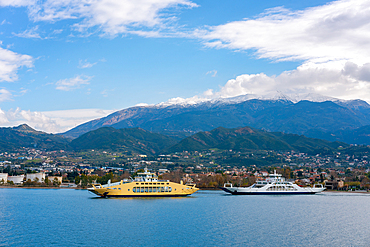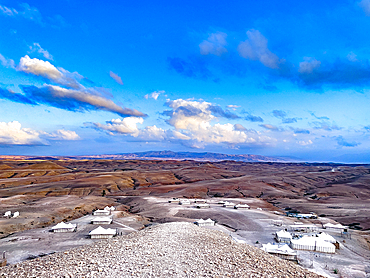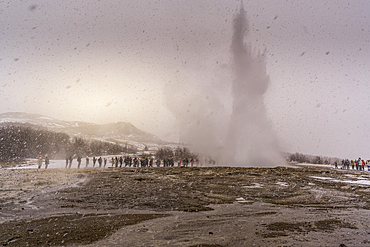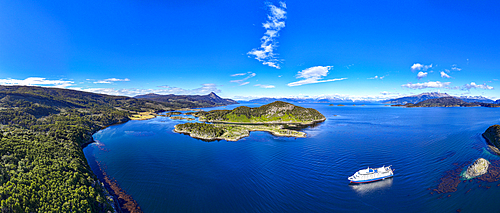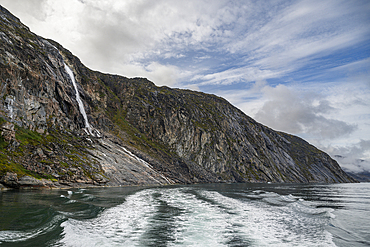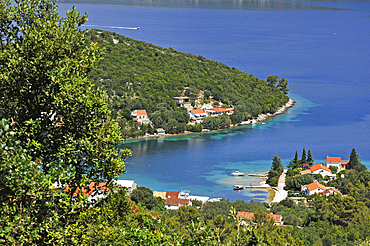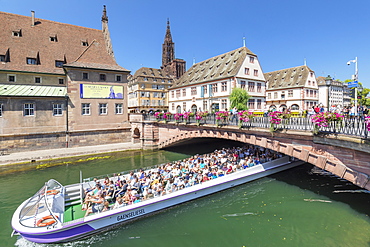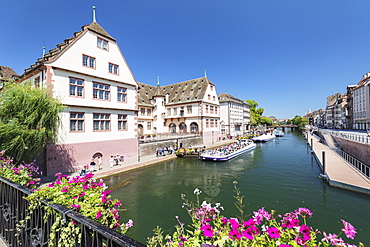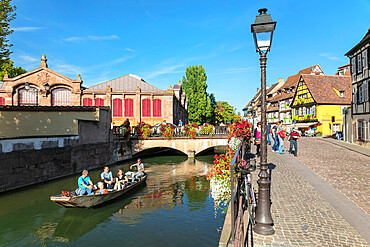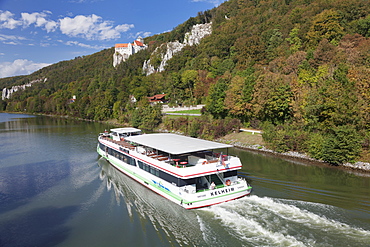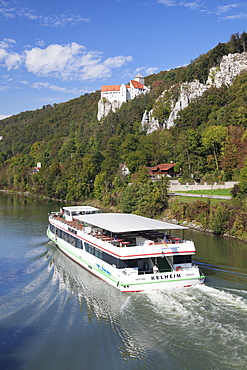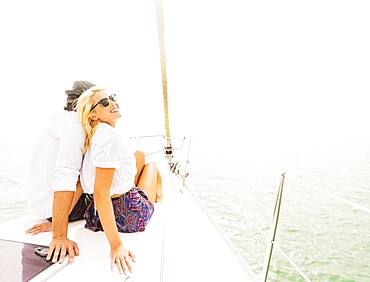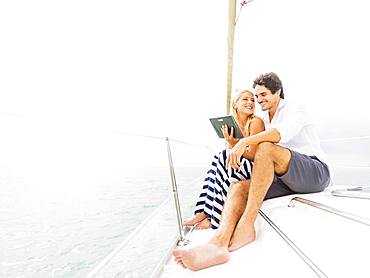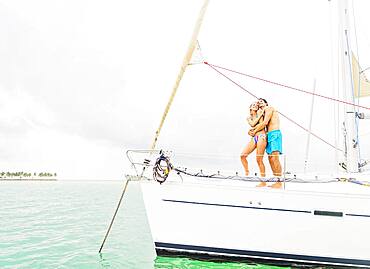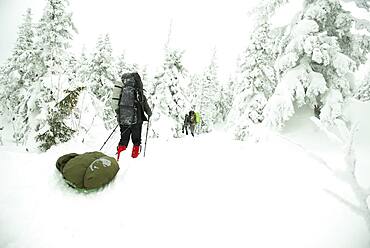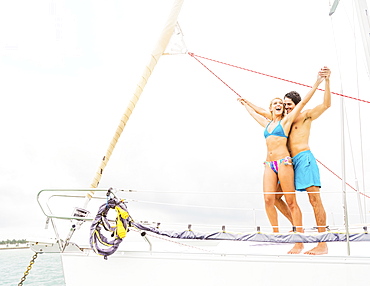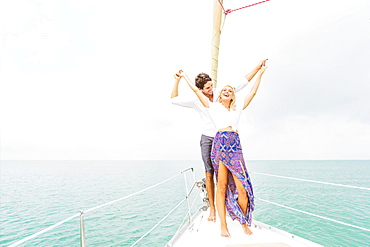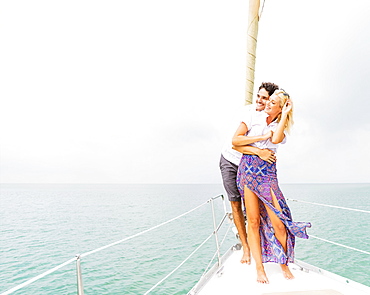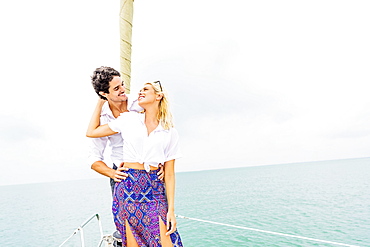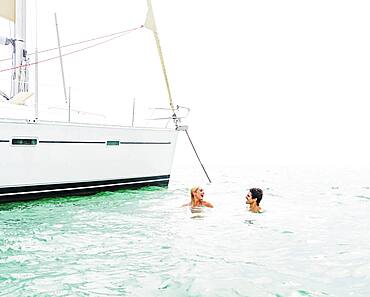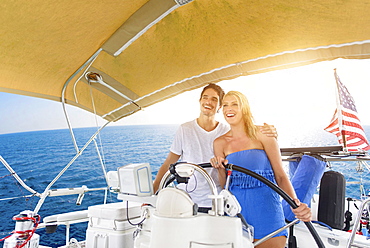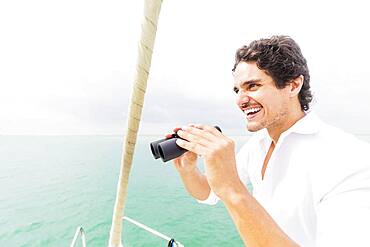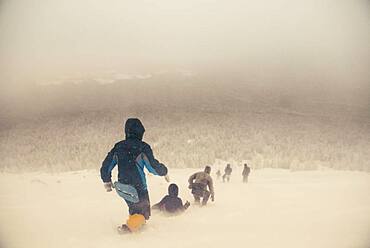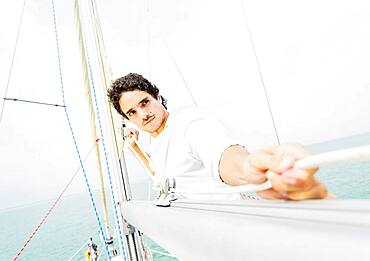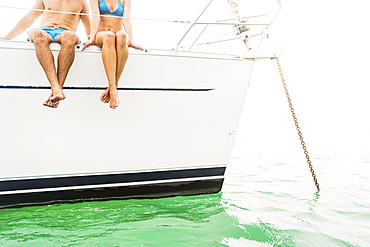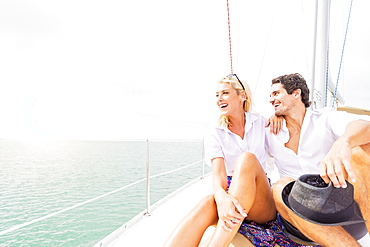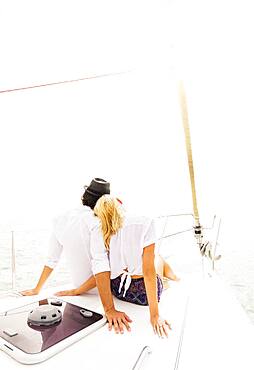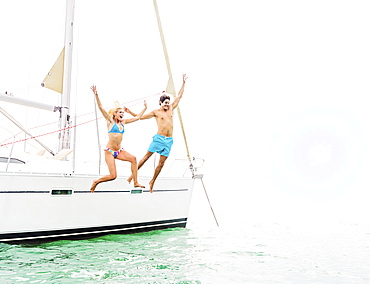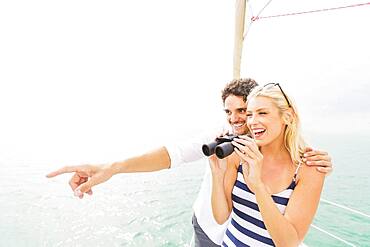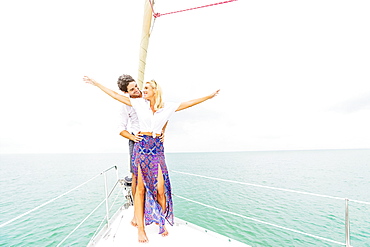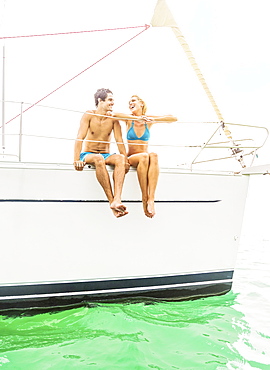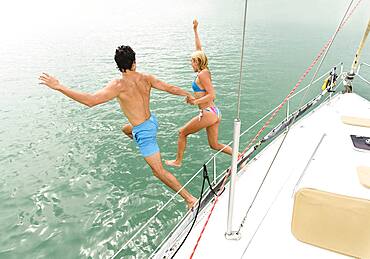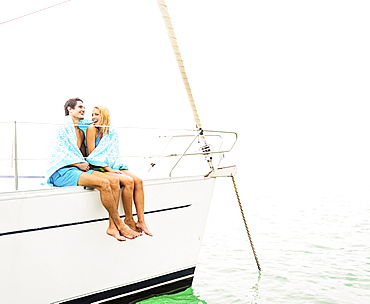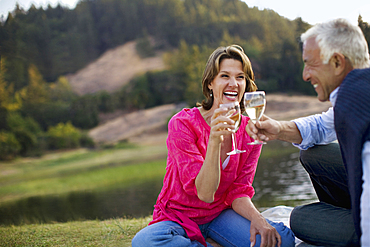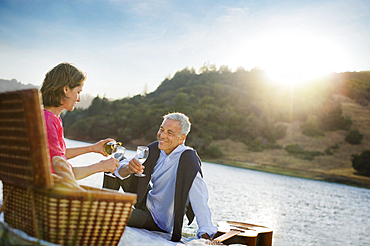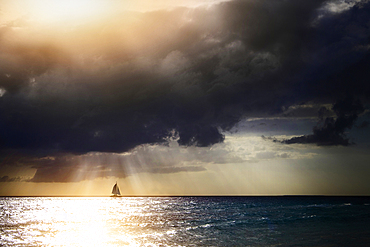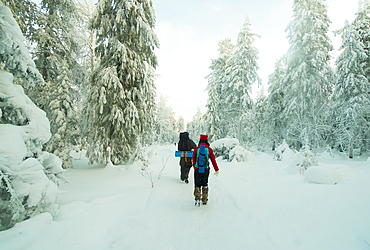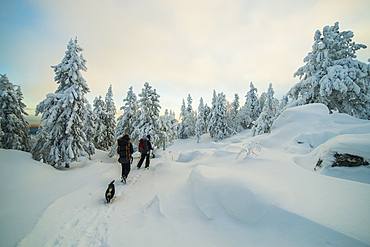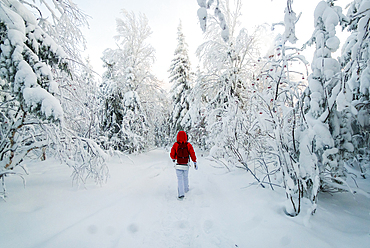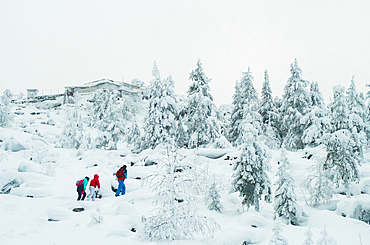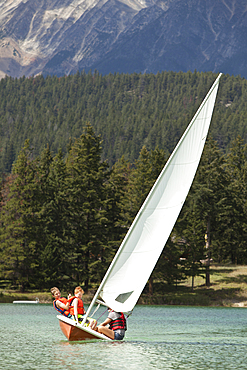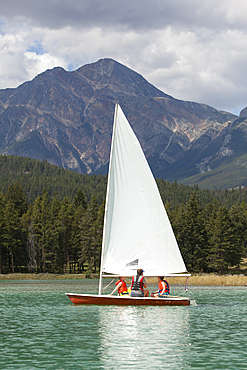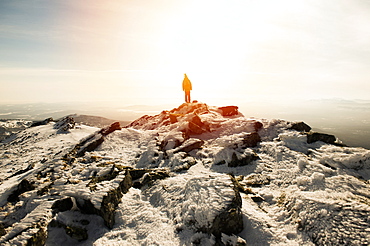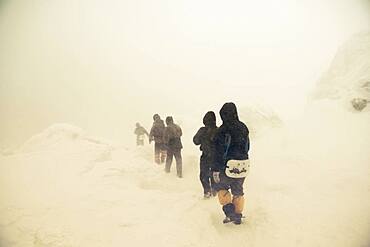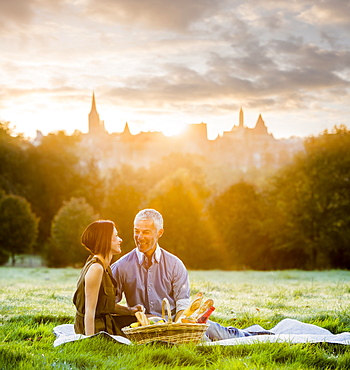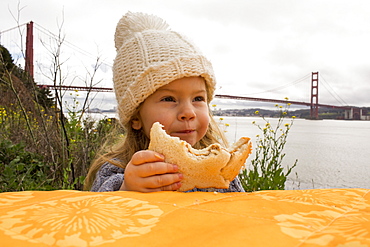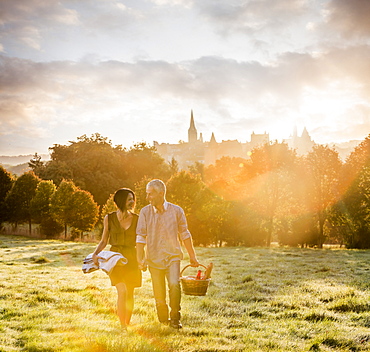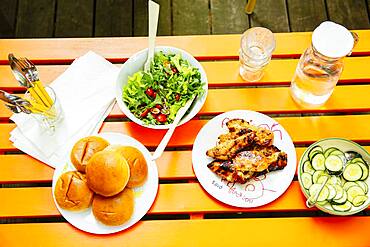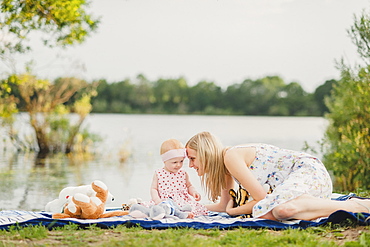Results
« Previous 1 2
148 results found
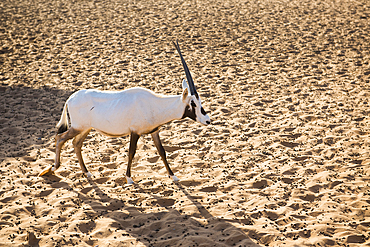
Oryx (Oryx leucoryx) in captivity, Thousand Nights Camp, Sharqiya Sands, formerly Wahiba Sands, desert region, Sultanate of Oman, Arabian Peninsula
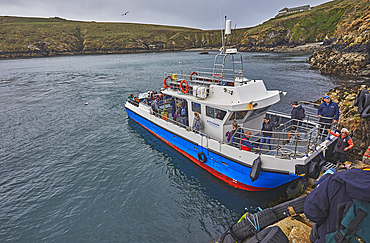
The Skomer ferry getting ready to pick up passengers on Skomer Island, off the coast of Pembrokeshire, Wales, United Kingdom, Europe
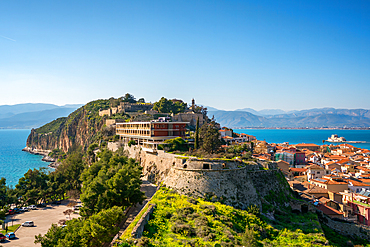
Nafplion historic city view with Palamidi fortress and Bourtzi Castle island, Nafplion, Peloponnese, Greece
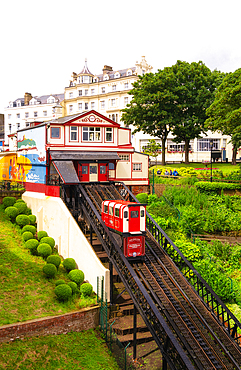
View towards the Central Tramway Company cliff railway, Scarborough, North Yorkshire, England, United Kingdom
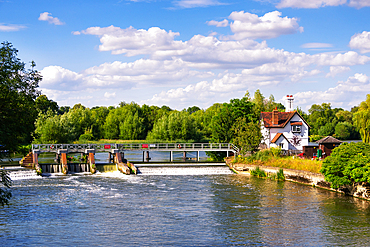
The view of Goring weir and lock from Goring and Streatley Bridge, Goring, Oxfordshire, England, United Kingdom, Europe

Religious pilgrims on the ferry Vasiley Kosyakov to the Russian Orthodox Solovetsky Monastery, Bolshoy Island, UNESCO World Heritage Site, Onega Bay, Arkhangel Oblast, Russia, Arctic, Europe
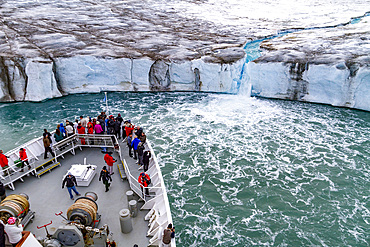
The Lindblad Expedition ship National Geographic Explorer near glacial run-off in the Svalbard Archipelago, Norway, Arctic, Europe
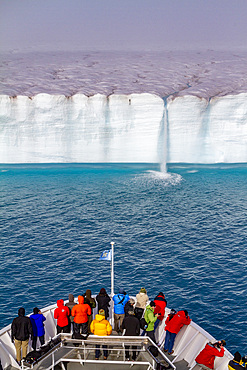
The Lindblad Expedition ship National Geographic Explorer at Austfonna in the Svalbard Archipelago, Norway, Arctic, Europe

Natural History Museum, Bellariastrasse, Innere Stadt District, Museum Quarter, Vienna, Austria, Europe

Excursion with zodiac around the Pia Glacier, Cordillera Darwin, Northeast branch of the Beagle Channel, Tierra del Fuego, Patagonia, Chile, South America
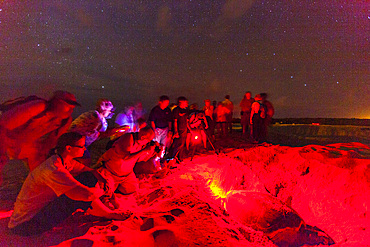
Tourists at Green Sea Turtle (Chelonia mydas) nesting site at night on Long Beach on Ascension Island, Tropical Atlantic Ocean, South Atlantic Ocean
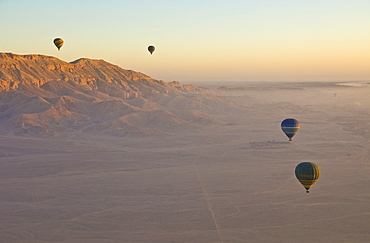
Hot air balloons on an excursion flying over the desert early morning at dawn , sunrise, on the West bank of the river Nile near Luxor, Egypt, North Africa, Africa
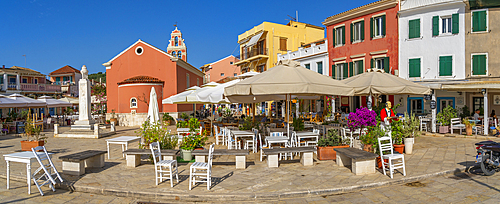
View of cafes and restaurants in Gaios Plaza de l' Ascension in Gaios Town, Paxos, Ionian Sea, Greek Islands, Greece, Europe
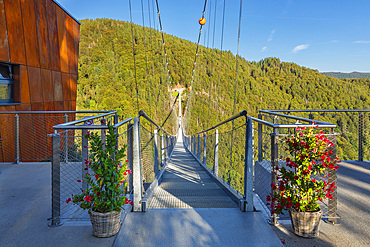
View of footbridge, Hangloch Waterfall, Todtnau, Schwarzwald (Black Forest), Baden-Wurttemberg, Germany, Europe

View of souvenir shop at the Monastery of Paleokastritsa in Palaiokastritsa, Corfu, Ionian Sea, Greek Islands, Greece, Europe
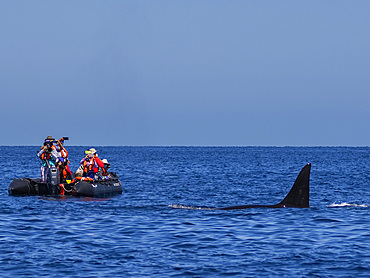
Killer whale pod (Orcinus orca), beside tourists in inflatables off Punta Colorada, Isla San Jose, Baja California Sur, Mexico, North America
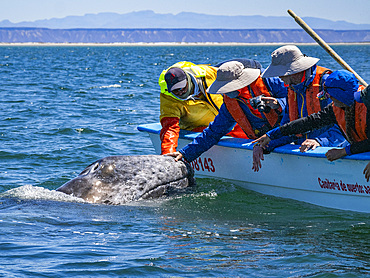
California gray whale calf (Eschrictius robustus), beside boat being touched by tourists in San Ignacio Lagoon, Baja California, Mexico, North America
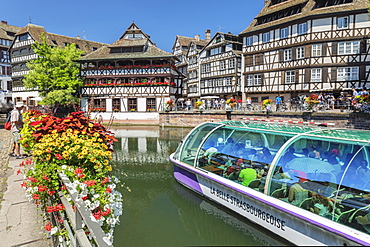
Excursion boat on River Ill, Maison des Tanneurs, La Petite France, UNESCO World Heritage Site, Strasbourg, Alsace, France, Europe
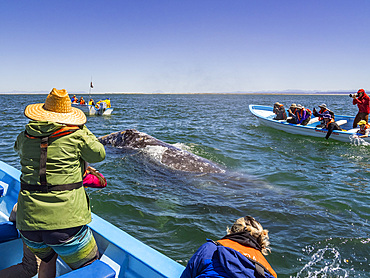
Adult California gray whale (Eschrictius robustus), near boats in San Ignacio Lagoon, Baja California, Mexico, North America
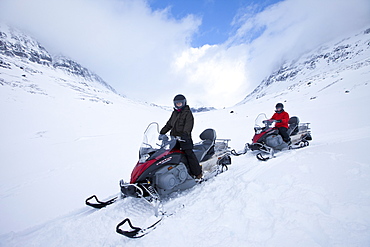
Snowmobiling in the arctic alps in the Arctic Circle near Holt in the region of Tromso, Northern Norway
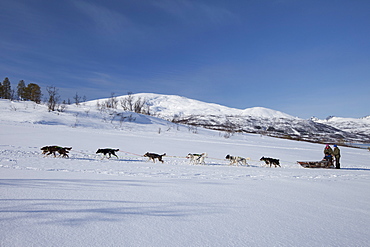
Alaskan Huskies dog-sledding at Villmarkssenter wilderness centre on Kvaloya Island, Tromso in Arctic Circle Northern Norway
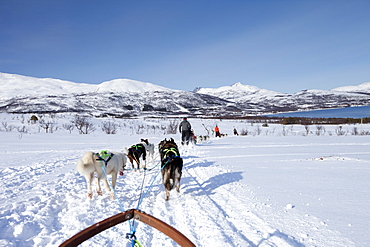
Alaskan Huskies dog-sledding at Villmarkssenter wilderness centre on Kvaloya Island, Tromso in Arctic Circle, Northern Norway
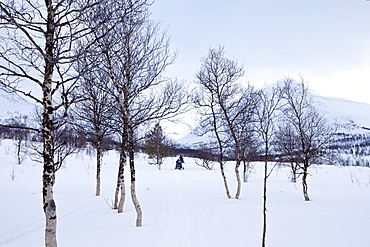
Snowmobiling in the arctic alps in the Arctic Circle near Holt in the region of Tromso, Northern Norway
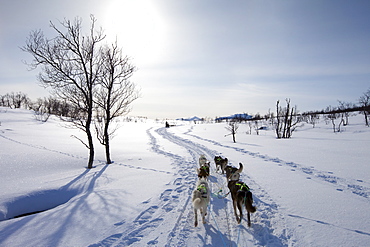
Alaskan Huskies dog-sledding at Villmarkssenter wilderness centre on Kvaloya Island, Tromso in Arctic Circle, Northern Norway
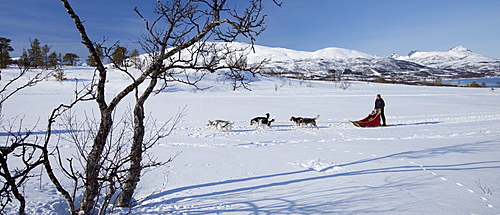
Alaskan Huskies dog-sledding at Villmarkssenter wilderness centre on Kvaloya Island, Tromso in Arctic Circle Northern Norway
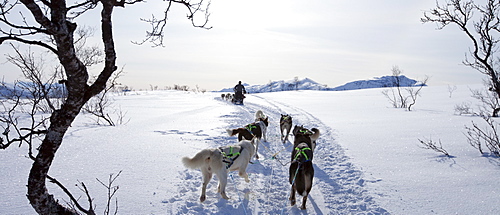
Alaskan Huskies dog-sledding at Villmarkssenter wilderness centre on Kvaloya Island, Tromso in Arctic Circle, Northern Norway
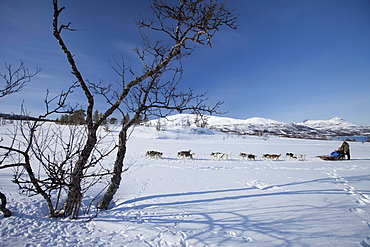
Alaskan Huskies dog-sledding at Villmarkssenter wilderness centre on Kvaloya Island, Tromso in Arctic Circle Northern Norway
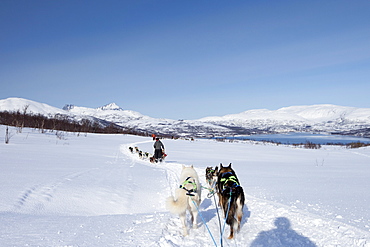
Alaskan Huskies dog-sledding at Villmarkssenter wilderness centre on Kvaloya Island, Tromso in Arctic Circle, Northern Norway
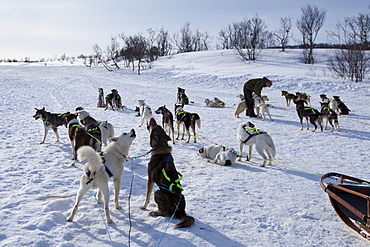
Alaskan Huskies harnessed for dog-sledding at Villmarkssenter wilderness centre Kvaloya Island, Tromso, Arctic Circle Northern Norway
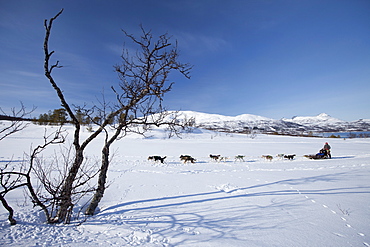
Alaskan Huskies dog-sledding at Villmarkssenter wilderness centre on Kvaloya Island, Tromso in Arctic Circle Northern Norway
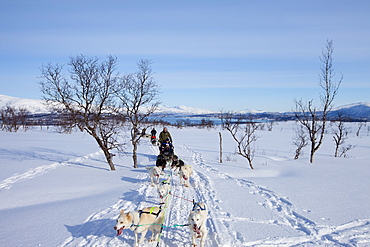
Alaskan Huskies dog-sledding at Villmarkssenter wilderness centre on Kvaloya Island, Tromso in Arctic Circle, Northern Norway

Pitstop for snowmobiling group among arctic alps in the Arctic Circle near Holt in the region of Tromso, Northern Norway
